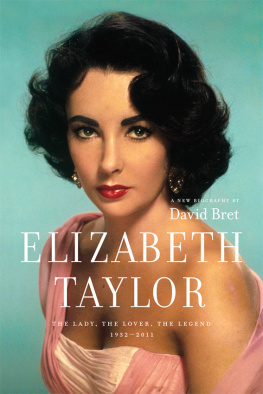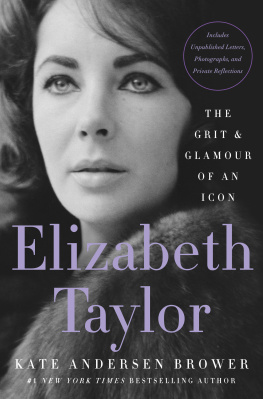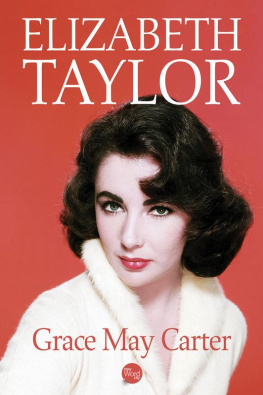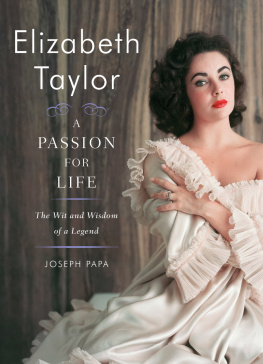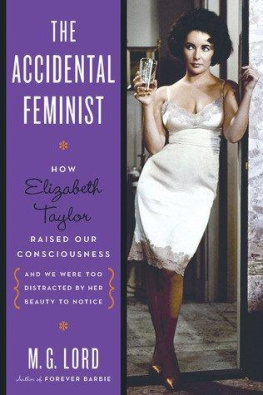
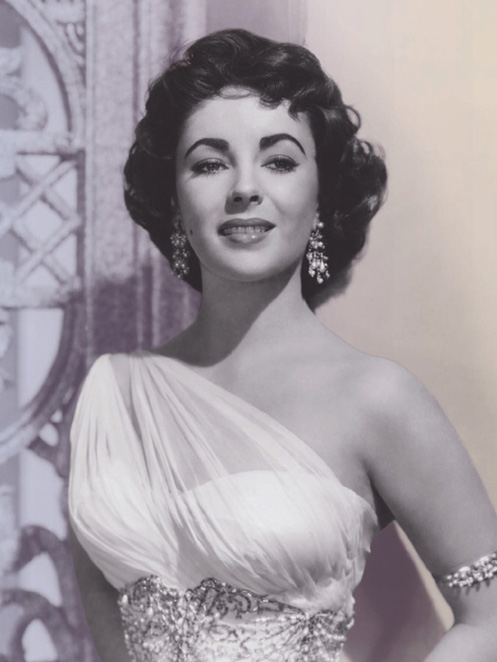
ELIZABETH TAYLOR
A Shining Legacy on Film
CINDY DE LA HOZ
Photographs from the
Joseph P. Cruz Collection

RUNNING PRESS
PHILADELPHIA LONDON
To my girlfriends: Ive been blessed with many great ones.
CINDY DE LA HOZ

2012 by Cindy De La Hoz
Published by Running Press
A Member of the Perseus Books Group
All rights reserved under the Pan-American and International Copyright Conventions
This book may not be reproduced in whole or in part, in any form or by any means, electronic or mechanical, including photocopying, recording, or by any information storage and retrieval system now known or hereafter invented, without written permission from the publisher.
Books published by Running Press are available at special discounts for bulk purchases in the United States by corporations, institutions, and other organizations. For more information, please contact the Special Markets Department at the Perseus Books Group, 2300 Chestnut Street, Suite 200, Philadelphia, PA 19103, or call (800) 810-4145, ext. 5000, or e-mail .
Library of Congress Control Number: 2012938583
E-book ISBN 978-0-7624-4517-2
9 8 7 6 5 4 3 2 1
Digit on the right indicates the number of this printing
Designed by Susan Van Horn
Edited by Jennifer Kasius
Typography: Donatora, Gotham Narrow, and Excelsior
Running Press Book Publishers
2300 Chestnut Street
Philadelphia, PA 19103-4371
Visit us on the web!
www.runningpress.com
Contents
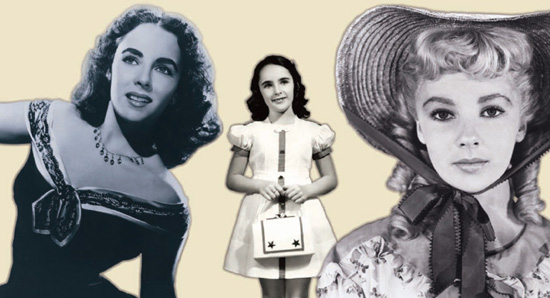
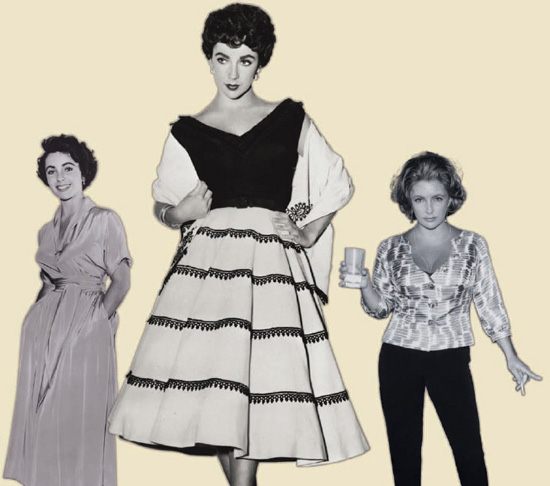
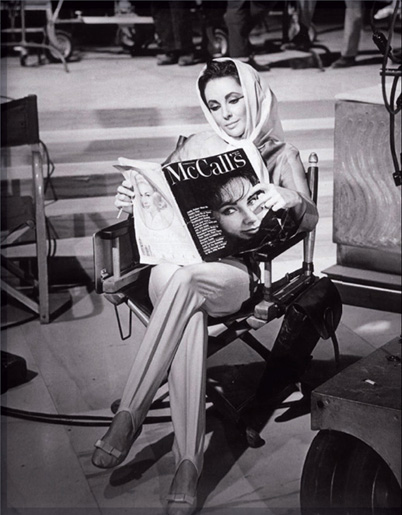
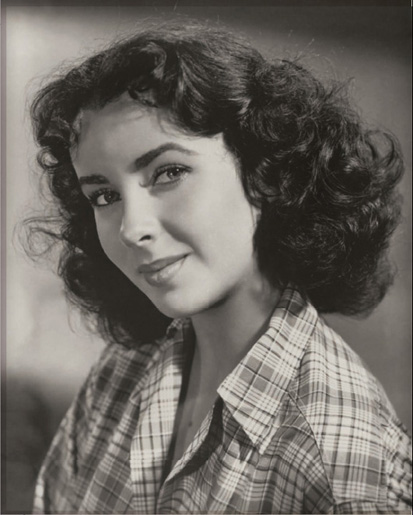
SHE WAS CALLED THE LAST OF THE GREAT HOLLYWOOD ICONS, but Elizabeth Taylor was also a defining member of that rarified class. For more than sixty years she fascinated the world by doing everything that her public did, only on a far grander scale. Everyone contends with sickness; she conquered so many near-death illnesses that she seemed indestructible. Most marry; Elizabeth wed eight timesonce at Neverland, the fabled home of her good friend Michael Jackson. All women have their baubles; she had a kings ransom in jewelry, including the sixty-nine carat Taylor-Burton Diamond. People volunteer and make charitable donations; she raised hundreds of millions of dollars for AIDS research, in the course of a lifetime of humanitarian work. With sultry raven hair and expressive violet eyes, she also possessed otherworldly beauty.
All of these elements of a life lived at large were glittering fodder for the press but never obscured the fact of Elizabeths extraordinary talent as a star of more than sixty films over the course of five decades. Greatest of all was her golden era, from the mid-1940s through the late 60s, which was filled with certifiable classics. Elizabeths work in movies started her on the road to stardom and was a mainstay throughout all but the last decade of her life. In a transient business, her career lasted longer than most can ever hope, making it a uniquely fascinating study in cinematic history.
As with any person one watches grow up, we saw a definite evolution of Elizabeth both as an actress and a woman. It was all played out on the screen, from the fragility of her youth through the power of her later years. In her fifth movie, National Velvet, she became a child star. The ensuing years under contract to MGM saw her through an ingnue period capped by Father of the Bride, among a rapid succession of less memorable films in which the studio cast her. In the 1950s, critics and the general public were more awed by Elizabeths beauty than by her acting. She was a singular standout in the blonde bombshell era of Marilyn Monroe, Jayne Mansfield, and Brigitte Bardot.
Elizabeths work in movies started her on the road to stardom and was a mainstay throughout all but the last decade of her life.
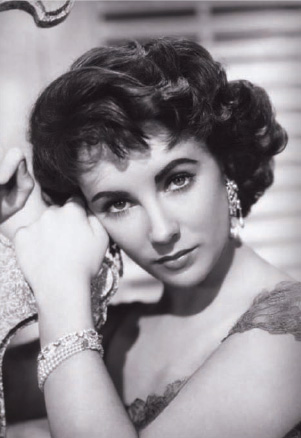
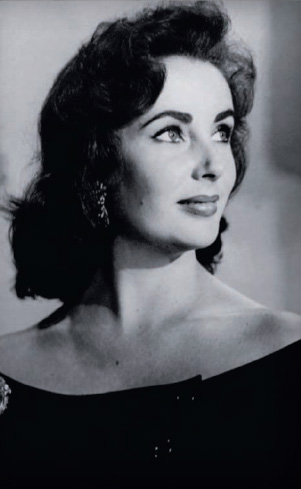
Elizabeth was just starting out when this photo was taken, and had much in store for her in the years to come. In 1992 she told Life magazine, Ive been lucky all my life. Everything was handed to me: looks, fame, wealth, honors, love. But Ive paid for that luck with disasters. Terrible illnesses, destructive addiction, broken marriages.
A loan out to Paramount Pictures resulted in the first dramatic role in which she was taken seriously as an actress. There to make A Place in the Sun, she was inspired by her close friend and costar Montgomery Clift. Working with great actors always brought out the best in Elizabeth. Director George Stevens and costars Rock Hudson, James Dean, and Clift saw her through Giant and Raintree County, but the tragedy of her third husband Mike Todds death in a plane crash in 1958 taught her to infuse her performances with her own raw emotions. This came through beginning with her sizzling work in Cat on a Hot Tin Roof. The fact that her role of Maggie (the cat) was a character created by gifted playwright Tennessee Williams also worked in her favor, as it did in her next film, Suddenly, Last Summer. Elizabeths performances in Raintree County and the two Williams-inspired movies earned well-deserved Academy Award nominations. She finally took home an Oscar for BUtterfield 8, though manyincluding Elizabeththought it was more out of sympathy for the fact that she had almost died of pneumonia at the start of filming Cleopatra.
Besides setting a precedent by clinching a $1 million salary for the movie, Cleopatra saw Elizabeth transition into the next phase of her life and career: the Richard Burton era. During this time they made many popular films together, she conquered every thespians greatest challenge of Shakespeare in The Taming of the Shrew, and gave what is arguably the best performance of her career in Whos Afraid of Virginia Woolf?, for which she won her second Oscar. Untethered from her studio contract and able to choose her own roles, Elizabeth proved herself a daring actress. She later said, I think ever since I was released by my penal servitude [at MGM] and was on my own making my own deals, I really started having fun.
Making her own choices in the 60s and 70s, Elizabeth played characters you either loved or hated. From a virago of a wife who sleeps with her husbands lover (


